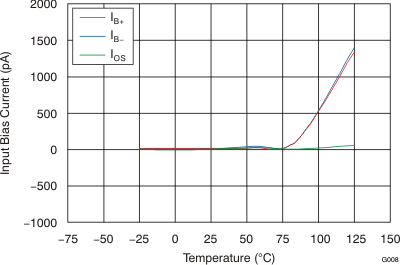ZHCSFP9B December 2016 – November 2017 OPA170-Q1 , OPA2170-Q1 , OPA4170-Q1
PRODUCTION DATA.
6.9 Typical Characteristics
VS = ±18 V, VCM = VS / 2, RLOAD = 10 kΩ connected to VS / 2, and CL = 100 pF (unless otherwise noted)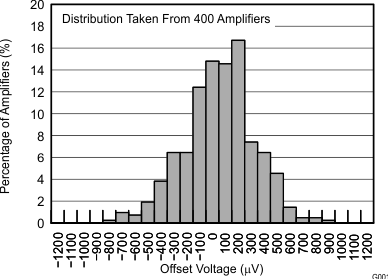
Figure 1. Offset Voltage Production Distribution
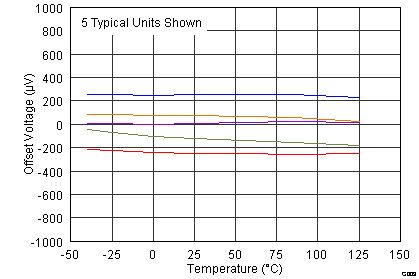
Figure 3. Offset Voltage vs Temperature
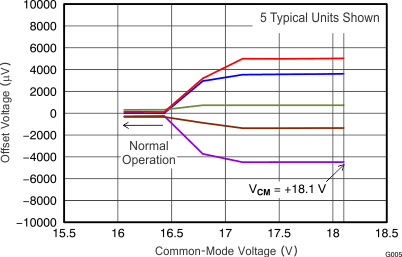
Figure 5. Offset Voltage vs Common-Mode Voltage
(Upper Stage)
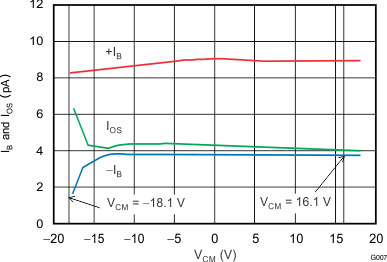
Figure 7. IB and IOS vs Common-Mode Voltage
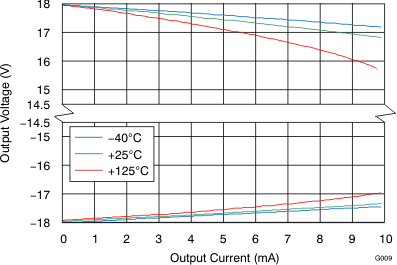
Figure 9. Output Voltage Swing vs Output Current (Maximum Supply)
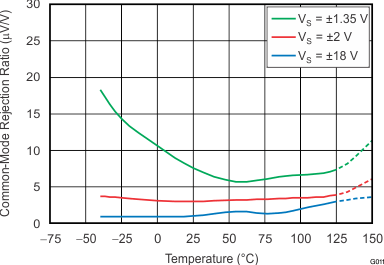
Figure 11. CMRR vs Temperature
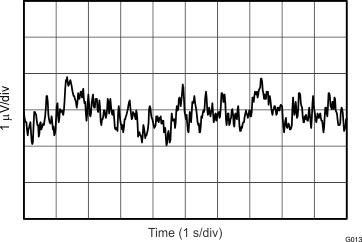
Figure 13. 0.1-Hz to 10-Hz Noise
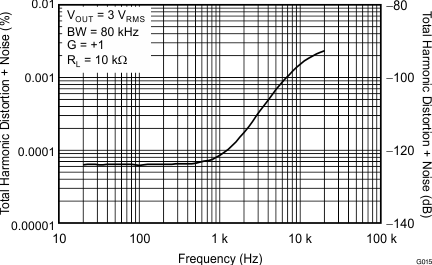
Figure 15. THD + N Ratio vs Frequency
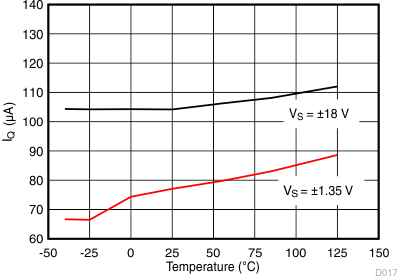
Figure 17. Quiescent Current vs Temperature
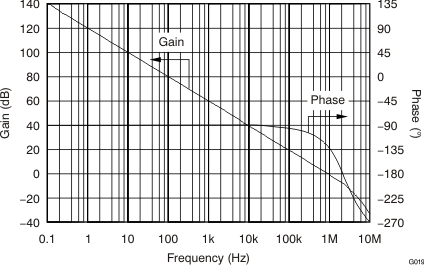
Figure 19. Open-Loop Gain and Phase vs Frequency
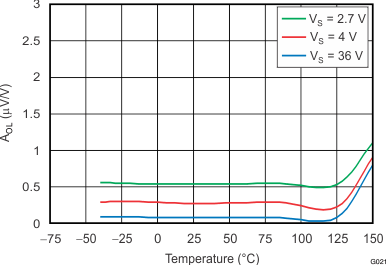
Figure 21. Open-Loop Gain vs Temperature
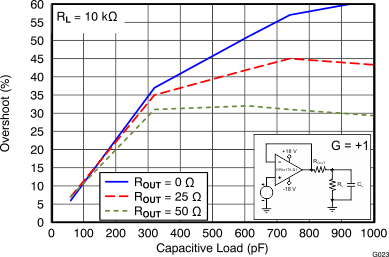
| 100-mV output step |
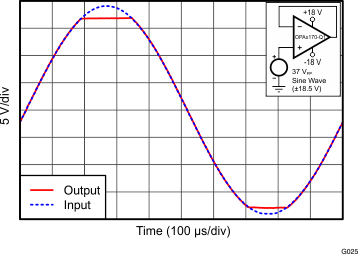
Figure 25. No Phase Reversal
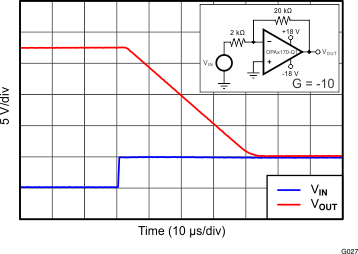
Figure 27. Negative Overload Recovery
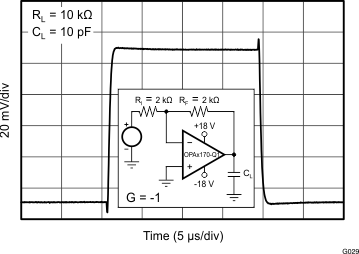
Figure 29. Small-Signal Step Response (100-mV)
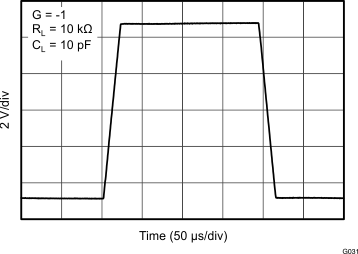
Figure 31. Large-Signal Step Response
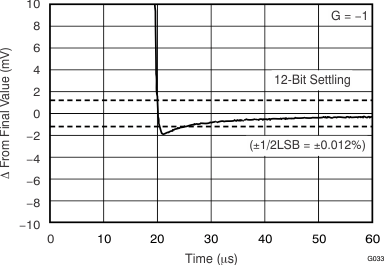
| 10-V negative step | ||
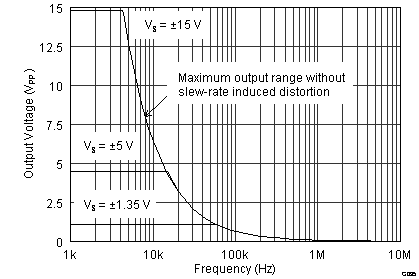
Figure 35. Maximum Output Voltage vs Frequency
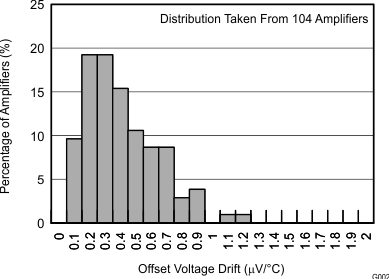
Figure 2. Offset Voltage Drift Distribution
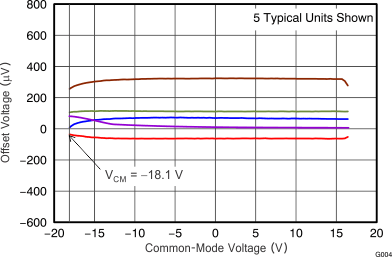
Figure 4. Offset Voltage vs Common-Mode Voltage
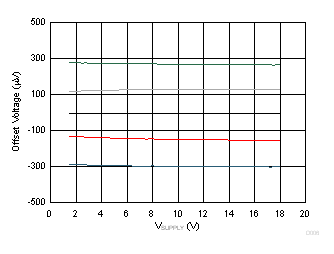
Figure 6. Offset Voltage vs Power Supply
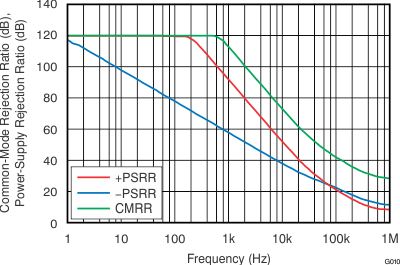
Figure 10. CMRR and PSRR vs Frequency
(Referred to Input)
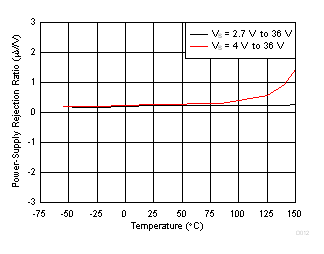
Figure 12. PSRR vs Temperature
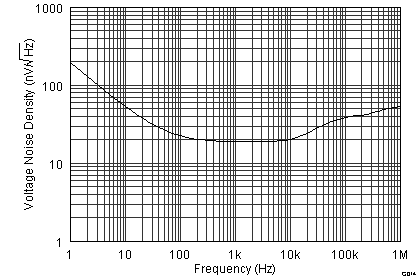
Figure 14. Input Voltage Noise Spectral Density vs Frequency
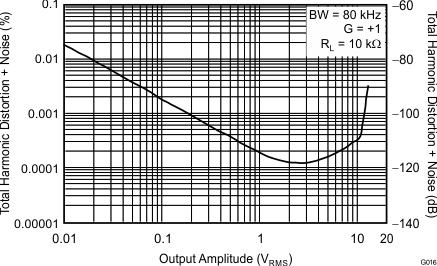
Figure 16. THD + N vs Output Amplitude
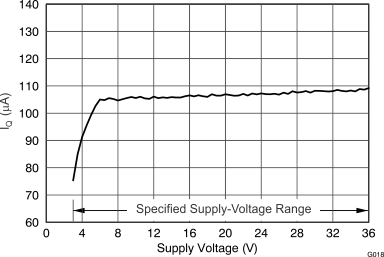
Figure 18. Quiescent Current vs Supply Voltage
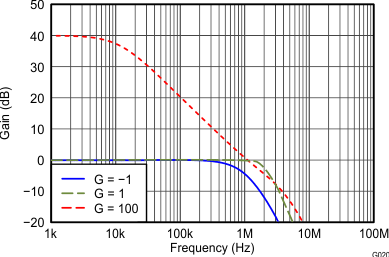
Figure 20. Closed-Loop Gain vs Frequency
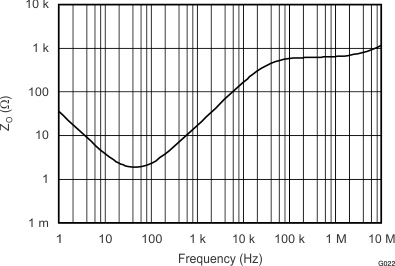
Figure 22. Open-Loop Output Impedance vs Frequency
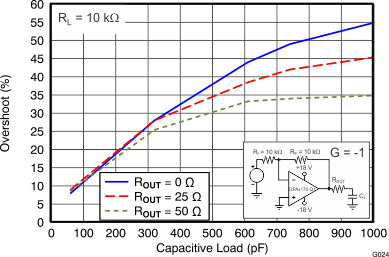
| 100-mV output step |
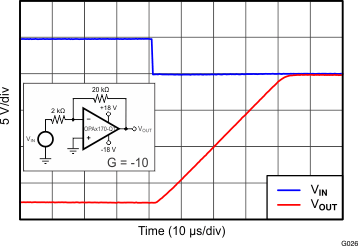
Figure 26. Positive Overload Recovery
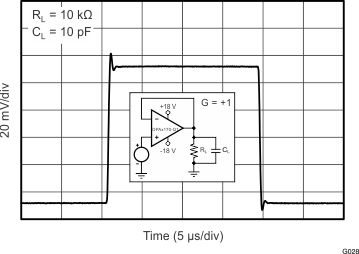
Figure 28. Small-Signal Step Response (100-mV)
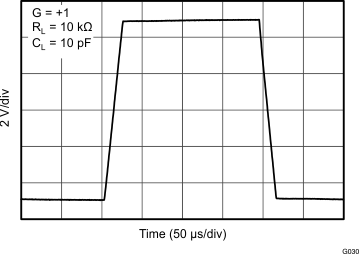
Figure 30. Large-Signal Step Response
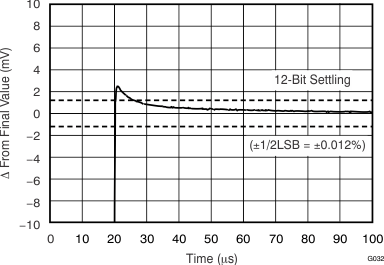
| 10-V positive step | ||
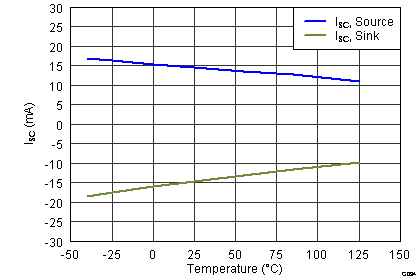
| 10-V negative step | ||
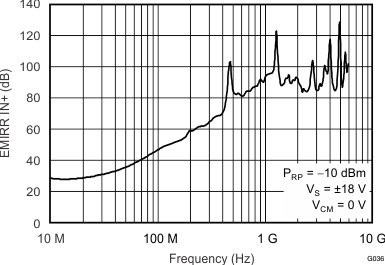
Figure 36. EMIRR IN+ vs Frequency
